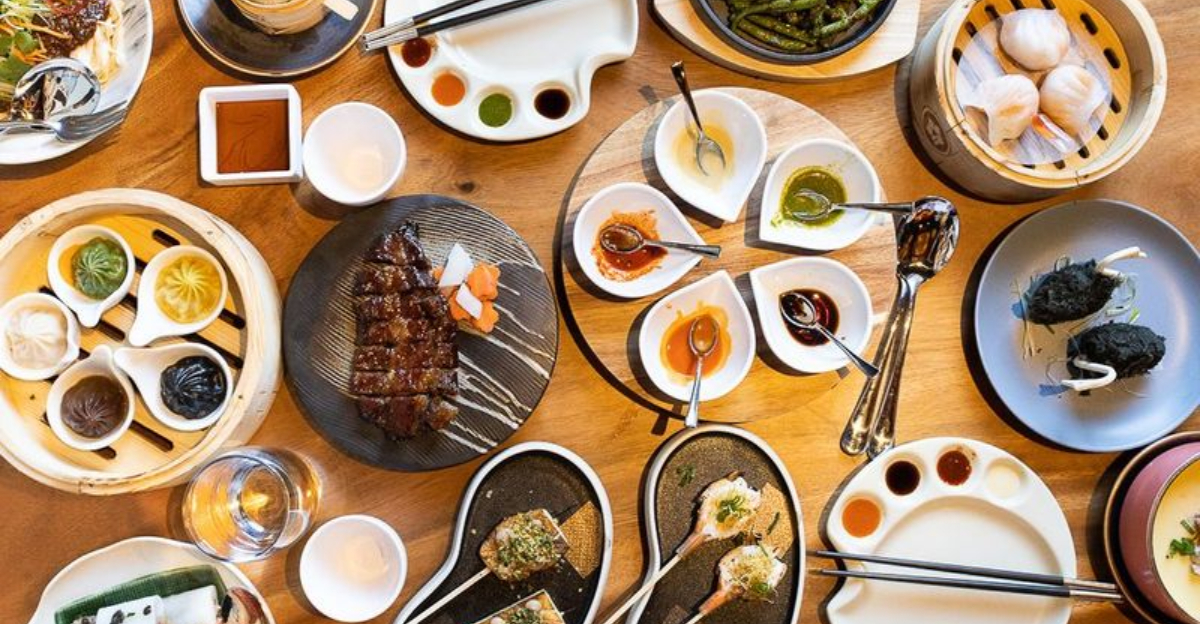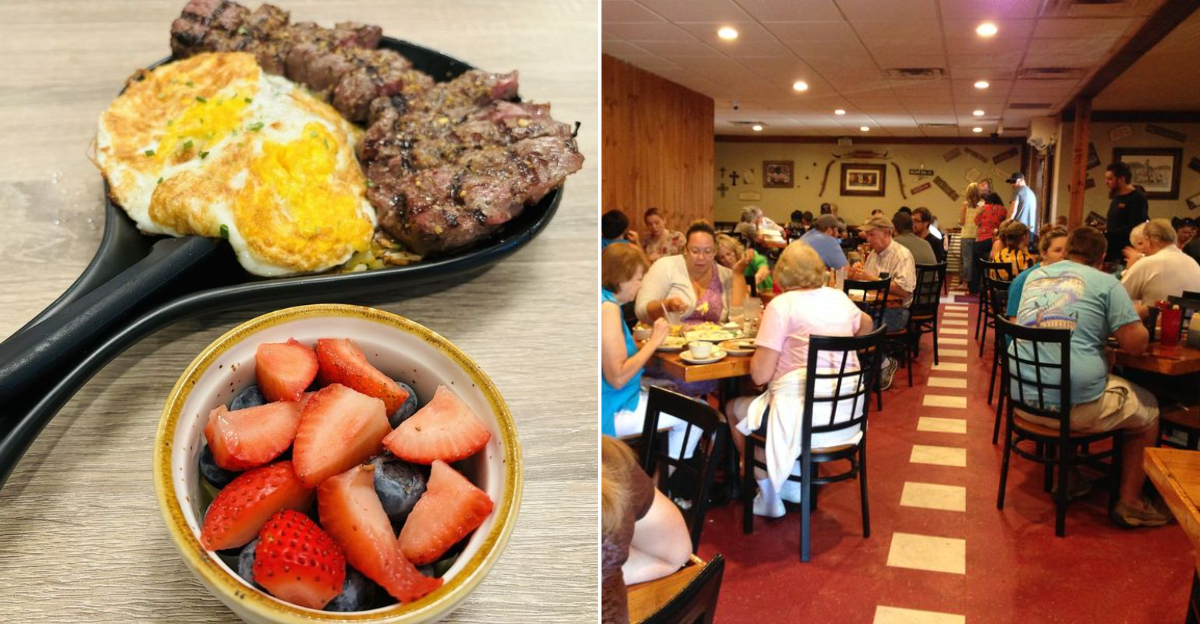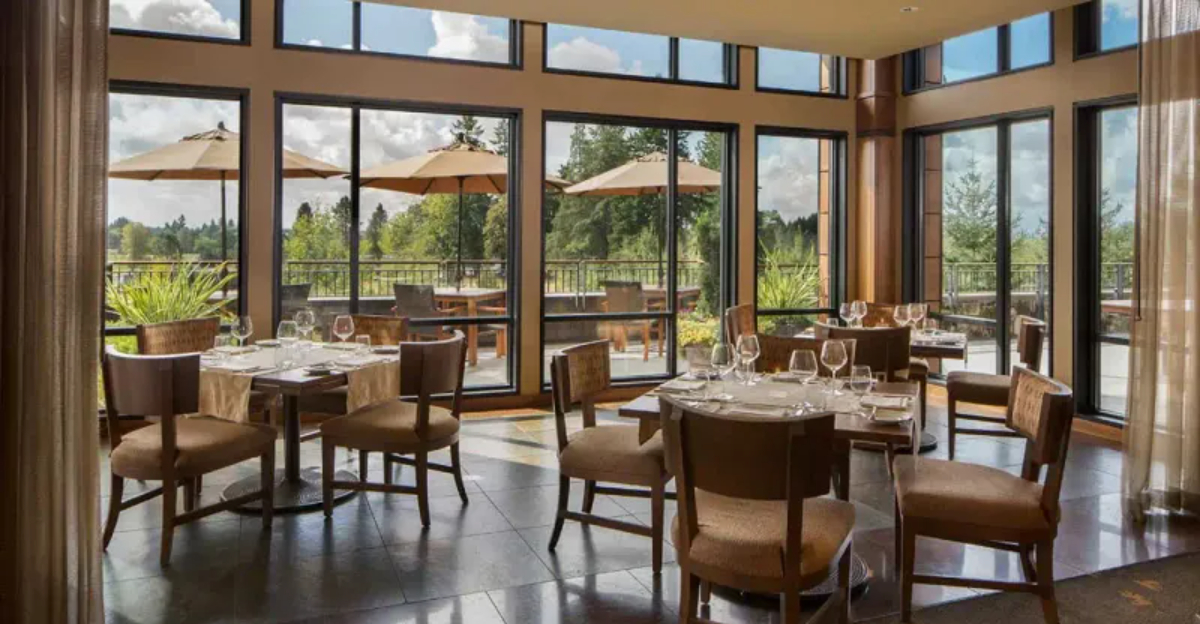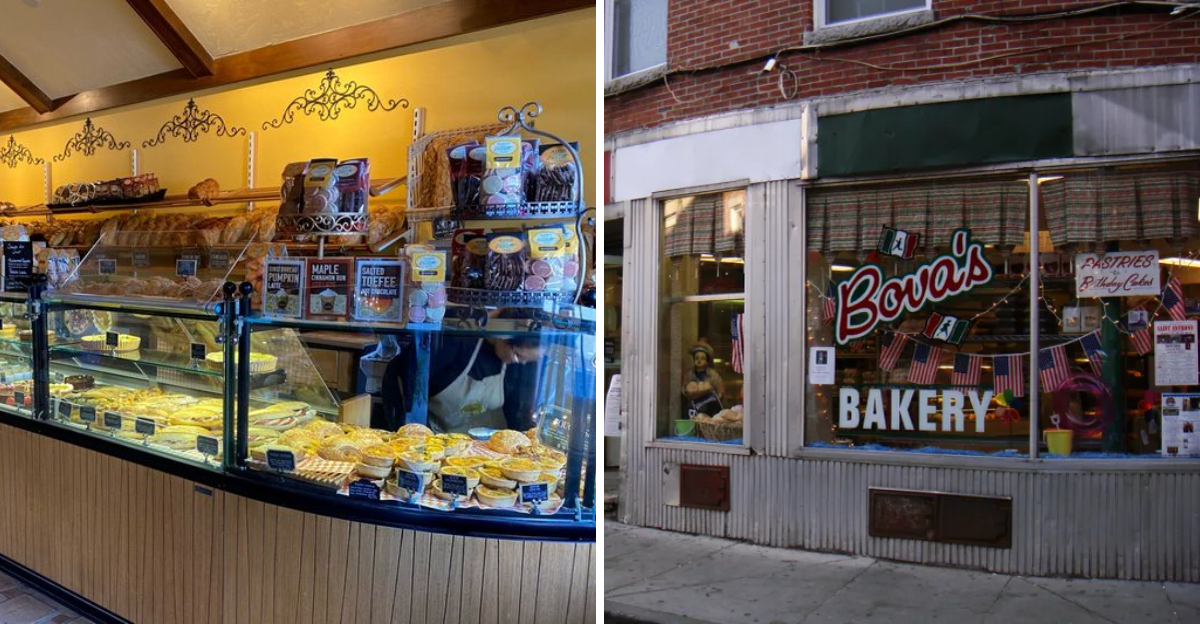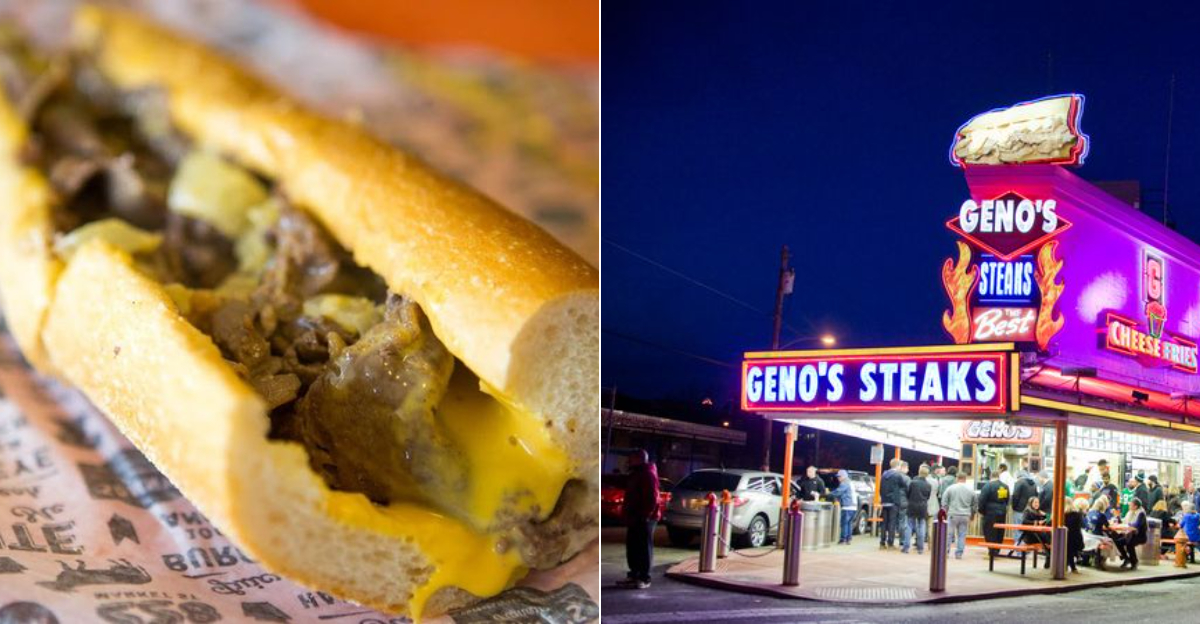Family-Owned South Carolina Restaurant Proves Great Seafood Isn’t Just Coastal
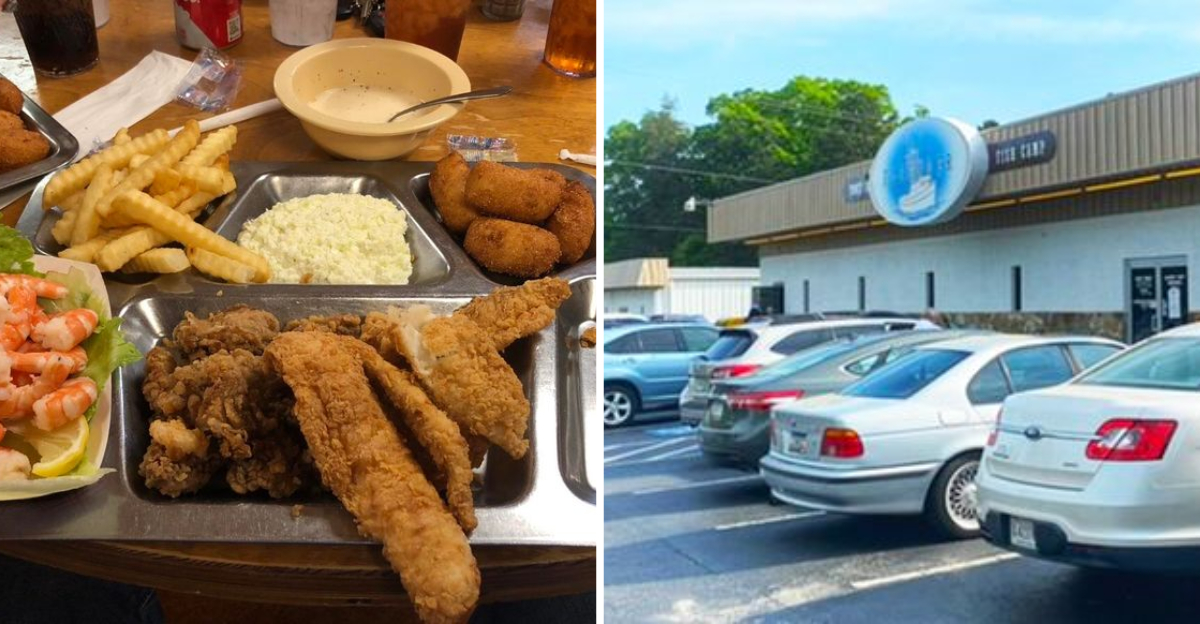
South Carolina’s reputation for amazing seafood typically centers on Charleston and coastal towns, but don’t be fooled by geography.
Some of the state’s best seafood comes from family-owned restaurants tucked miles from any shoreline.
These inland treasures prove that distance from the ocean doesn’t diminish seafood quality when passionate families commit to excellence.
The Palmetto State’s hidden seafood gems offer authentic flavors that rival their coastal counterparts.
1. Half-Century Legacy at Interstate Crossroads
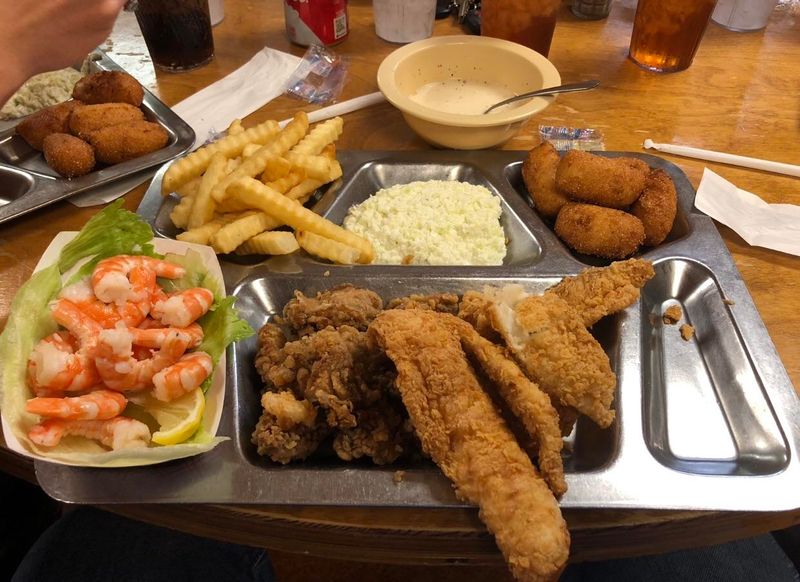
The Flounder Fish Camp sits at the convergence of I-26 and I-85 in Spartanburg, operating continuously since 1969 under the same family ownership. This longevity speaks volumes in an industry notorious for turnover, suggesting the original concept remains viable despite five-plus decades of changing dining trends and competition.
Weekend crowds regularly fill parking spaces and form waiting lines, indicators that locals consider the experience worth delayed gratification, unusual in an era of instant alternatives and delivery apps.
2. TV Dinner Aesthetics Meet Upstate Recognition
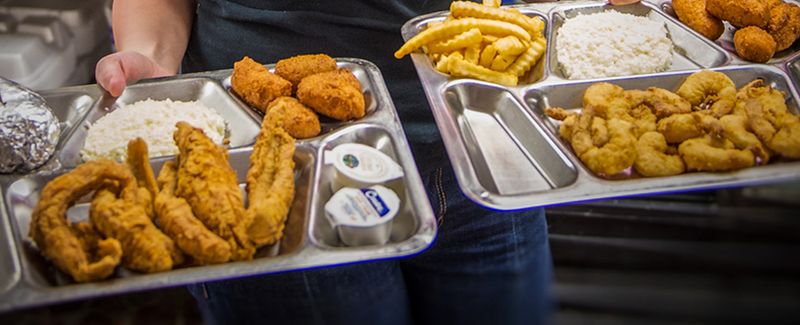
Food arrives on compartmentalized trays resembling vintage TV dinner packaging, a presentation choice that could seem gimmicky but instead reinforces the restaurant’s throwback authenticity. This retro serving method has persisted alongside the menu itself, both unchanged by modern plating trends favoring artful arrangements on oversized plates.
Spartanburg Magazine awarded The Flounder the #1 Seafood Restaurant distinction in Upstate South Carolina during both 2008 and 2013, validating the family’s decision to maintain their original approach rather than chasing contemporary dining fashions.
3. Fried Flounder Anchors Diverse Seafood Menu
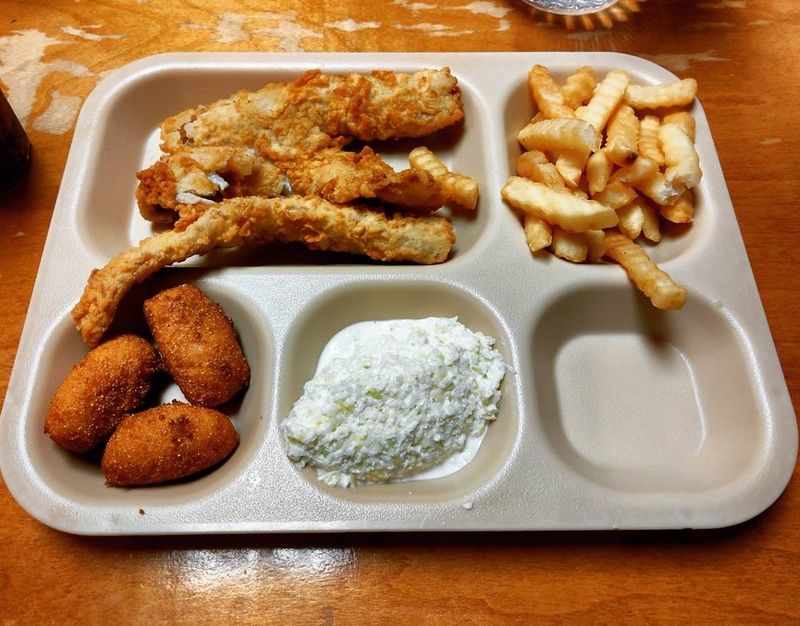
The namesake fried flounder claims top popularity among menu items, though shrimp and oysters provide alternatives for those preferring different species. Broiled preparation offers options for diners avoiding fried foods, while burgers acknowledge that not every group member necessarily craves seafood.
Multiple stew varieties and New England-style clam chowder round out offerings, creating menu breadth beyond the fish-and-chips simplicity some seafood spots maintain. Hush puppies and onion rings serve as recommended accompaniments, particularly for first-time visitors uncertain about side selections.
4. Price Points That Surprise Inland Diners

Coastal seafood restaurants typically command premium pricing justified by proximity to fishing fleets and dock-fresh inventory. The Flounder’s inland location might suggest similar or higher costs due to transportation expenses, yet the final bill reportedly delights rather than dismays customers.
This pricing strategy likely contributes to sustained popularity, value propositions matter considerably when competing against chain restaurants offering predictable experiences at standardized costs.
5. Strategic Positioning for Regional Traffic

The I-26 and I-85 intersection placement makes The Flounder accessible to travelers passing through Spartanburg rather than solely serving local residents. This geographic advantage expands the potential customer base beyond the immediate community, capturing interstate traffic heading toward multiple destinations.
Main Street shopping opportunities nearby allow visitors to construct fuller day trips around the dining experience, transforming a single-purpose meal into a broader Spartanburg exploration.

